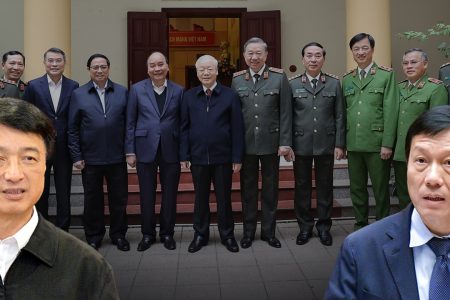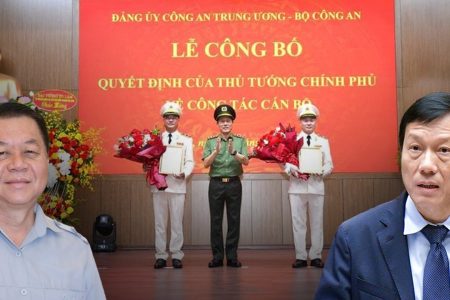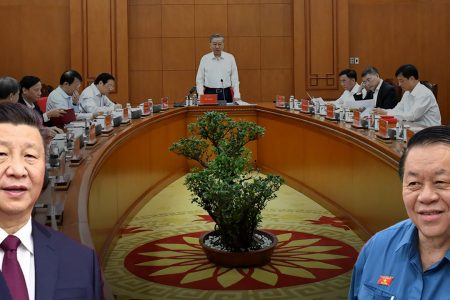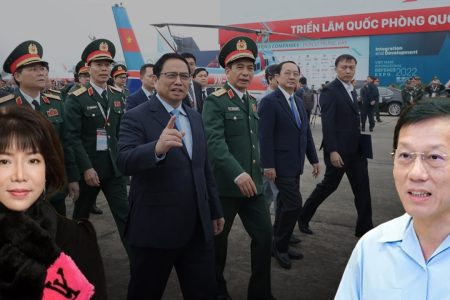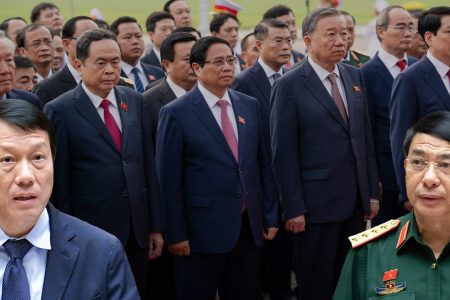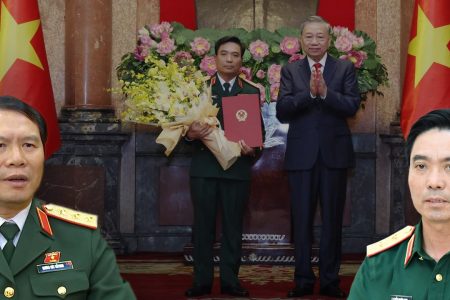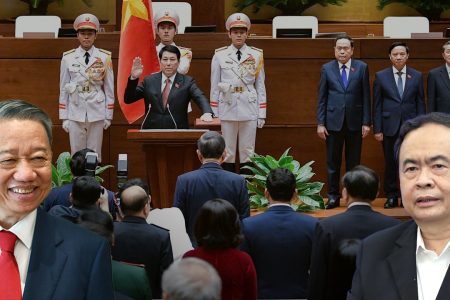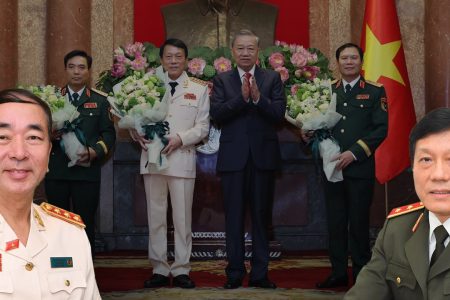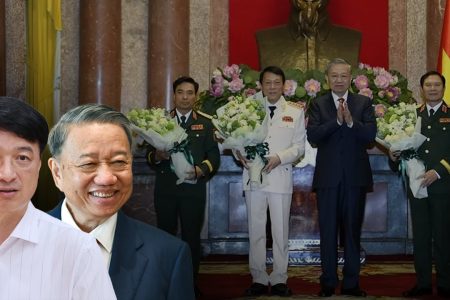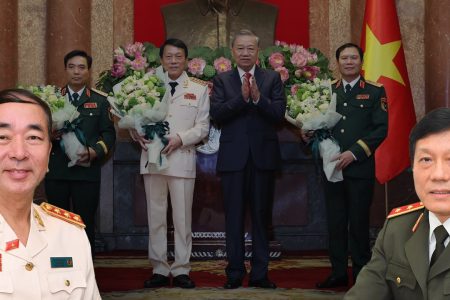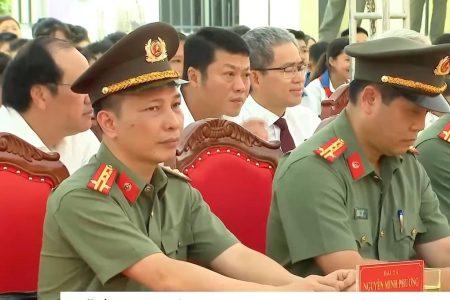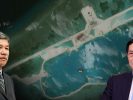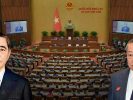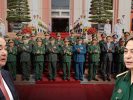
Vietnam in recent years has continued to have small reclamation activities in the Truong Sa (Spratlys) in the East Sea (South China Sea), according to satellite images and analysis by the US website’s Maritime Transparency Initiative (AMTI) released on February 19.
According to AMTI’s analysis, this Vietnamese activity shows that Hanoi continues to focus on turning Vietnamese-occupied entities in the Spratlys into stronger bases that can resist aggression or interception (from outsiders) while enhancing interception by possibly targeting Chinese facilities.
According to AMTI, the two entities that have the most changes in the past two years are Da Tay (Southwest Cay) and Sinh Ton (Sin Cowe Island). Satellite images show that 70 acres of new land seen on Da Tay were due to island expansion between 2013 and 2016. Over the past two years, Da Tay has also been added important new developments, including the system coast guard, administrative buildings, concrete yards and bunkers, a large tower used for communications and intelligence. The island’s southern and northern tips have a similar tunneling system to the other Vietnamese-occupied entities in Truong Sa, in addition to having green vegetables grown here.
Sin Cowe Island has also undergone significant renovations over the past two years including a series of coastal defense installations. This construction, according to AMTI, started in 2019 and focuses on about 26 additional acres of land taken between 2013 and 2016. The satellite images show the construction of new tunnels and the construction of the coastal fortifications on the island in 2018. Photos in November 2020 show green vegetables replanted in this area, proving that construction is complete.
According to AMTI’s assessment, the construction on Southwest Cay and Sin Cowe Island follows what Vietnam has done with outposts on other entities in Truong Sa such as Phan Vinh (Pearson Reef), Nam Yet (Namyit Island), Son Ca (Sane Cay), and Song Tu Tay (Southwest Cay).
In 2016, Reuters reported that Hanoi deployed the EXTRA missile artillery systems purchased from Israel to five entities in Truong Sa. According to AMTI, these missile systems can help Vietnam easily target Chinese bases in Truong Sa and this is considered the interception ability of Hanoi.
Currently, Hanoi occupies 27 entities in the Truong Sa archipelago, not to mention 14 science and technology service rigs (called DK) used for civil purposes here.
China currently occupies 7 entities with 20 outposts in Truong Sa. From 2013 until now, China has increased efforts to build artificial islands here and deploy military weapons to the islands. According to analysis from many sources, from 2013 until now, China has expanded an additional 3,200 acres of new land to artificial islands in Truong Sa, in addition to the expansion of the disputed Hoang Sa (Paracels) with Vietnam.
In December 2020, the South China Sea Strategic Situation Exploration Initiative (SCSPI) at Peking University of China published satellite images of Vietnamese-occupied entities in the Spratlys. SCSPI “accuses” Vietnam of expanding these entities, particularly in Son Ca (Sane Cay) and Truong Sa Lon (Spratly Island).
According to SCSPI, satellite images show the two islands are still being expanded and built on top with aircraft parking spaces and a wharf on Son Ca, a 3D radar station, and a missile launch site in Truong Sa Lon.
Thoibao.de (Translated)




